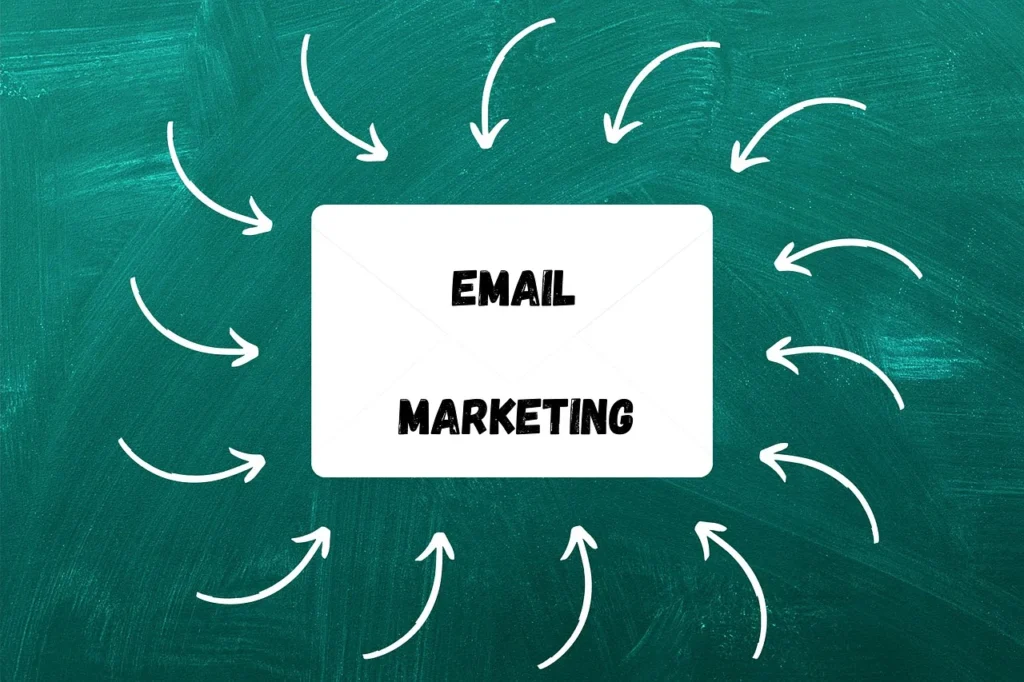Mastering Email Autoresponders for Business Growth
Introduction: Building an email list is essential for growing your online business, but simply having a list of subscribers is not enough. To truly maximize your email marketing potential, you need to engage with your audience immediately after they subscribe. This is where email autoresponders come in. Autoresponders are automated emails that are sent to your […]
Why Email Marketing is Important: Build a Quality Email List

http://simple-ways-to-grow-email-list-quality-subscribers Building an email list is one of the most powerful ways to grow your business, but not all email lists are created equal. While it might be tempting to focus on growing your list as big as possible, the true value lies in attracting quality subscribers who are genuinely interested in what you have to […]

